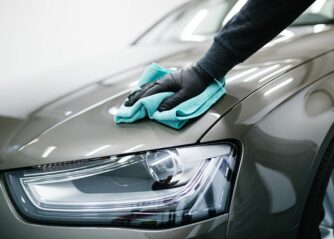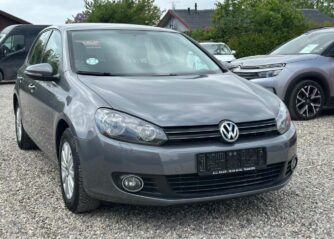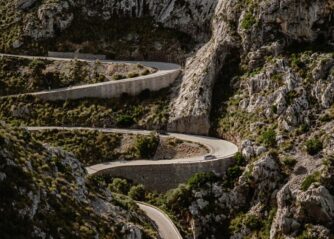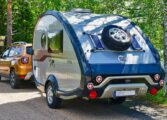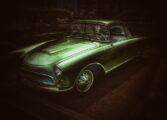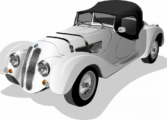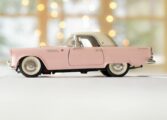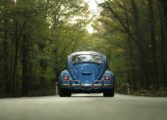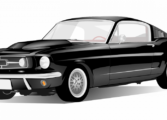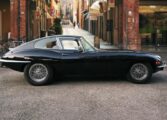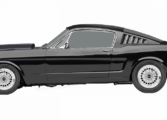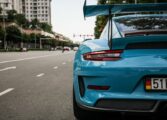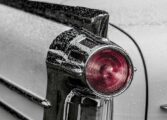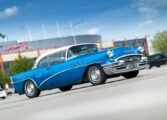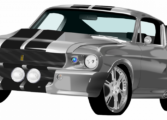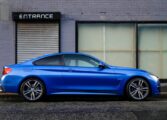VW Rugbrød: The Iconic Vintage Van that Stands the Test of Time

Introduction:
The VW Rugbrød, also known as the Volkswagen Type 2, is an iconic vintage van that has captured the hearts of many car enthusiasts and owners. Renowned for its unique design, durability, and versatility, the Rugbrød has become a symbol of freedom, adventure, and a simpler way of life. In this article, we will delve into the fascinating history and development of the VW Rugbrød, providing valuable insights for those who are interested in this extraordinary vehicle.
I. Understanding the VW Rugbrød:
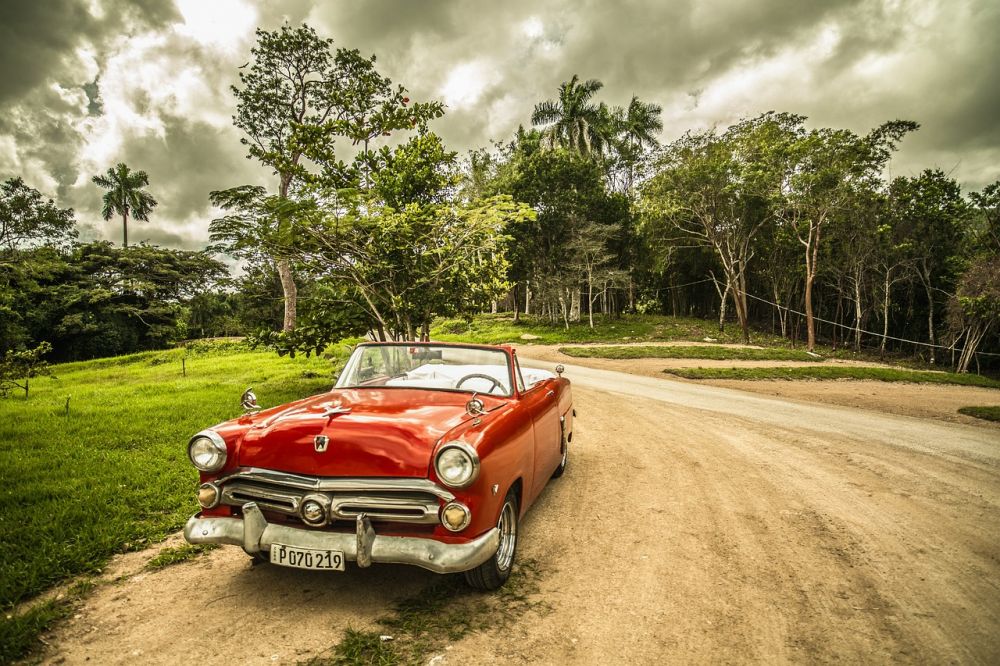
The VW Rugbrød originated as a brainchild of Dutch businessman Ben Pon, who sketched the initial design in 1947. This vision gave birth to a vehicle that combined the practicality of a van with the reliability of a Volkswagen Beetle, resulting in the creation of the legendary Rugbrød.
A. Unique Features:
The Rugbrød stands out with its distinctive shape, characterized by a curvaceous body and a two-tone color scheme. Its compact size and rounded contours give it an endearing charm that is unmatched by any other van.
B. Versatility:
One of the key attractions of the Rugbrød is its versatility. Its spacious interior can be customized to accommodate various purposes, from a camper van to a cargo transporter. This adaptability made it popular among different demographics, including families, surfers, and small business owners.
C. Engine Options:
The Rugbrød was initially equipped with a modest 1.1-liter engine, which provided adequate power for its intended use as a utility vehicle. Over the years, different engine options were introduced, including more powerful models that enhanced its performance and capability.
II. Historical Evolution of the VW Rugbrød:
The history of the VW Rugbrød is a tale of innovation, endurance, and global success. From its humble beginnings in post-war Europe to its status as a timeless classic, the Rugbrød has left an indelible mark on the automotive industry.
A. Birth of an Icon:
The first production model of the Rugbrød rolled out of the Volkswagen factory in Wolfsburg, Germany, in 1950. Initially designed to serve as a practical work vehicle for tradesmen and delivery services, it quickly gained popularity among a wider audience due to its reliability and distinct appearance.
B. Westfalia: The Camper Conversion:
As early as 1951, the German company Westfalia began converting Rugbrød vans into campers. These camper conversions featured folding beds, kitchenettes, and other amenities that turned the Rugbrød into a mobile home. This milestone marked the beginning of the Rugbrød’s association with the freedom of the open road and the spirit of adventure.
C. Global Expansion:
During the 1950s, the Rugbrød’s popularity skyrocketed, and production expanded to various countries worldwide, including Brazil, Mexico, and Australia. This global expansion allowed the van to become a ubiquitous presence on roads around the world and solidify its status as a cultural icon.
D. Modern Iterations:
Despite facing production challenges and the introduction of newer models, the VW Rugbrød continued to capture the imagination of enthusiasts. In recent years, there has been a resurgence of interest and appreciation for vintage vans, leading to a growing market for restored and modified Rugbrød models.
III. The Future of the VW Rugbrød:
As technology continues to advance and the automotive industry evolves, the future of the VW Rugbrød remains uncertain. However, its enduring appeal and loyal fan base suggest that its legacy will endure for generations to come.
A. Collectible and Investment Value:
Vintage VW Rugbrød vans have become highly sought after in the collector car market. Pristine examples can command high prices, making them a viable investment for those who appreciate their historical significance and distinctive design.
B. Restorations and Modifications:
Restoration projects and modifications have breathed new life into aging Rugbrød vans, ensuring their continued presence on the roads. Restorers and enthusiasts work tirelessly to preserve and enhance the unique qualities of these vehicles, ensuring their place in automotive history.
C. Electric Conversion:
As the world shifts towards sustainable energy and electric vehicles, there has been a renewed interest in converting classic cars into electric models. Some innovative enthusiasts have undertaken electric conversion projects on Rugbrød vans, combining vintage charm with modern, eco-friendly technology.
Conclusion:
The VW Rugbrød is much more than just a vintage van; it is an icon of automotive history, freedom, and adventure. Its unique design, versatility, and enduring appeal have made it a beloved vehicle among enthusiasts and owners worldwide. From its humble beginnings in post-war Europe to its global popularity, the Rugbrød has transcended the boundaries of time and cemented its place in the annals of automotive excellence. Whether you are a car enthusiast, a collector, or an adventurous soul, the VW Rugbrød continues to inspire and captivate, representing a bygone era of simplicity and timeless style.
